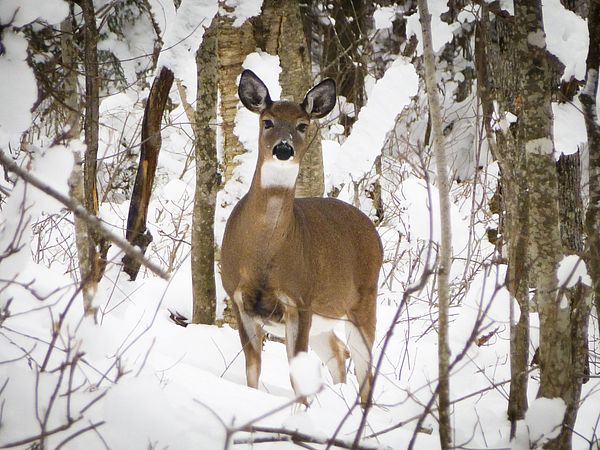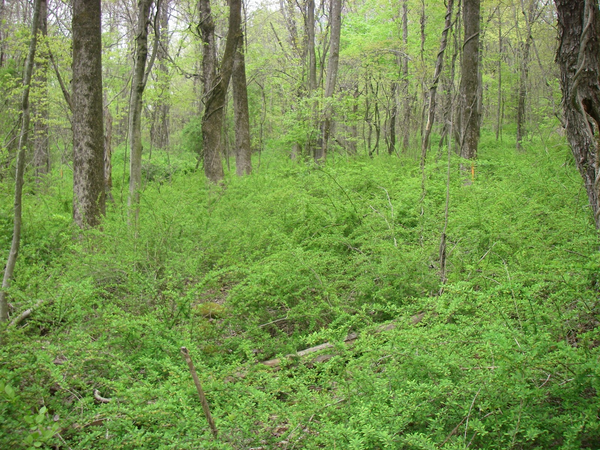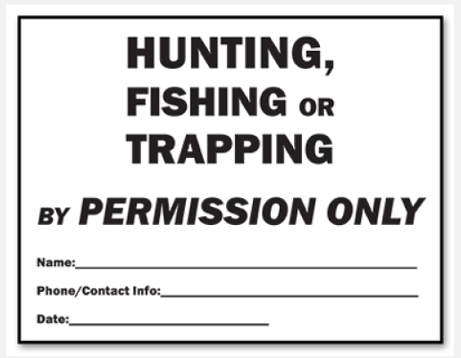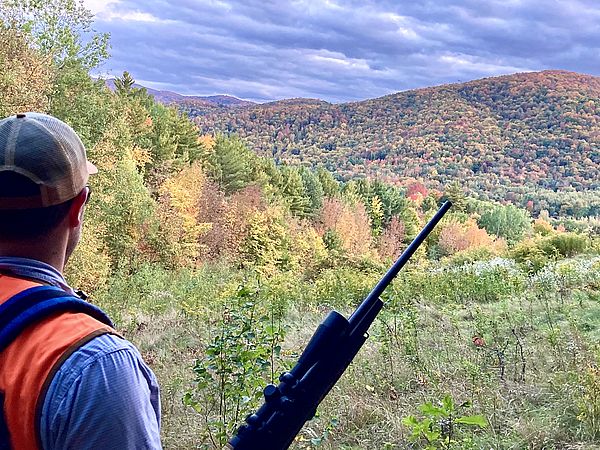As landowners of private property in Vermont, I’m sure you have heard how important you are to Vermont’s forests and wildlife. And if you haven’t heard that yet – please hear me when I tell you that you are. You’re helping keep our forests forested, you’re responsible for the majority of forest management actions that occur in our state, and you’re providing habitat for our wildlife species to live on and travel through. But another reason that private landowners are so important to the future of forests in Vermont is that you play a critical role in the success of forest regeneration by allowing hunters access to your land.
The Vermont Department of Fish and Wildlife (VDFW) recently completed a draft of the 2020 – 2030 Big Game Management Plan, which among other functions, will guide white-tailed deer management in the sate over the next decade. In the draft plan, new population objectives for deer in each Wildlife Management Unit (WMU) is described, and for the upcoming decade, the plan recommends that the population of white-tailed deer is either decreased or stabilized in all 21 WMUs.
In developing these population objective recommendations, VDFW looked at several metrics to determine if the state’s population of deer is in balance with its habitat by assessing the physical condition of the individual deer and by looking at the health of their habitats. We know that when there are too many deer in an area competing for forage, their preferred browse species can be reduced or eliminated, and forest regeneration is negatively affected. And we know that other aspects of forest health and ecosystem functionality can also be impacted by an overabundance of deer on the landscape, including the elimination of nesting habitat for forest songbirds (like the black-throated blue warbler), increasingly favorable conditions for invasive species (like honeysuckle and barberry), a decline in rare or otherwise sensitive flower species (like trillium and other spring ephemerals), and a reduction in the diversity of native food sources (like insects, berries, and seeds) for a variety of other wildlife species.
Without historic predators on the landscape and as Vermont winters become increasingly milder, the most efficient and reliable way to reduce deer numbers is through hunting. However, for hunters who don’t own their own property, finding access to huntable areas is a significant challenge. By allowing hunters access to your private lands, you are increasing the potential for managing the deer herd and increasing forest health.
As private landowners, there are understandable reservations about allowing strangers on your property, but I strongly encourage you to consider it. There are several resources available on the VDFW website to answer questions, provide information, and describe access options. There’s even a Landowner-Hunter database available to help landowners connect with available hunters. Talk with your local game warden, your county forester, your consulting forester, or contact me if you are having questions about allowing hunting on your property. And this fall, remember that as private landowners in a connected collective of woodlots, you can have a significant impact on your local deer population and the future of your forests. Landowners matter!



